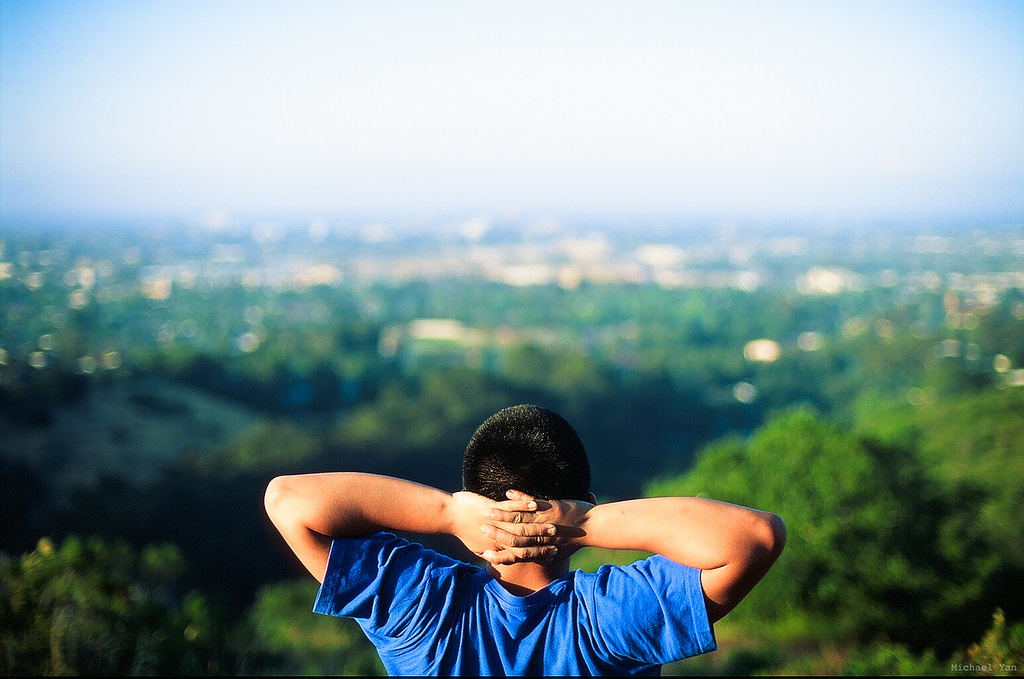
Breathe in, now breathe out. Was it a long, deep breath? Or a quick, shallow one? The way we breathe can affect how we feel and vice versa. Learning proper breathing techniques and exercises, therefore, can directly interact with feelings of stress and anxiety. Here are a few worth trying.
Calm Breathing
Calm breathing might sound generic, but for individuals living with anxiety it can actually take a significant amount of mindfulness. Put simply, “calm breathing” helps you to slow down your breathing when you’re stressed or anxious. It involves:
- Taking a slow breath through the nose, deep into your lower belly (for about 4 seconds).
- Holding your breath briefly before exhaling (1 or 2 seconds).
- Exhaling slowly, through the mouth. (for about 4 seconds).
- Waiting 1 or 2 seconds before inhaling again.
Trying this exercise throughout your day, for about a total of five minutes per day, is a great practice to help reduce feelings of anxiety. As you begin to get more comfortable with it, you will find that you can use this technique in situations that tend to cause you anxiety.
Coherent Breathing
Very similar to calm breathing is “coherent breathing.” This involves also controlling the lengths of breaths to breathe approximately five times every minute. This rate is in the middle of what is known as the average “resonant breathing rate” which is indicative of a person’s calm mental state.
Alternating Nostril Breathing
This breathing technique might be familiar to those who meditate or practice yoga, but for anyone living with anxiety it’s a great way to manage symptoms as it is said to bring feelings of calm and balance. To try alternating nostril breathing out, find a comfortable seated position. Next, hold your right thumb over your right nostril and breathe in deeply through the left nostril. At the end of your inhale, switch fingers and close off the left nostril and exhale through the right. It is believed that this breathing technique not only brings balance, but energy and rejuvenation so avoid trying it right before going to bed.
While these breathing techniques are excellent ways to help you to cope when anxiety symptoms arise, they aren’t the solution to this mental health condition. Instead, it’s important to speak to a mental health professional about other healthy strategies that you can implement in your daily life.
Feature Image: Michael Yan


